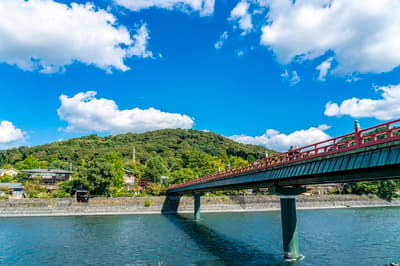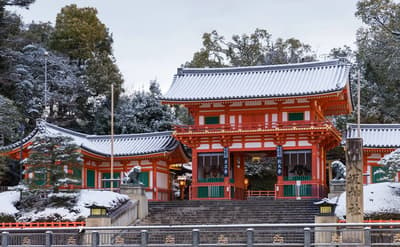The Fushimi area, located a few minutes by train from Kyoto Station, is a prosperous sake brewing town. Lined with old sake breweries, the scenery is like stepping back in time.
The Fushimi area is home to the Fushimi Inari Taisha Shrine, which is undeniably popular among overseas tourists. As a sake brewing town, there are also activities related to sake and places where you can enjoy sake. There are also many cherry blossom viewing spots, so a visit during the cherry blossom season is also recommended.
In this issue, we will introduce six recommended spots in the Fushimi area. We hope you will find them useful when planning your trip!
Fushimi Inari-taisha shrine (伏見稲荷退社)
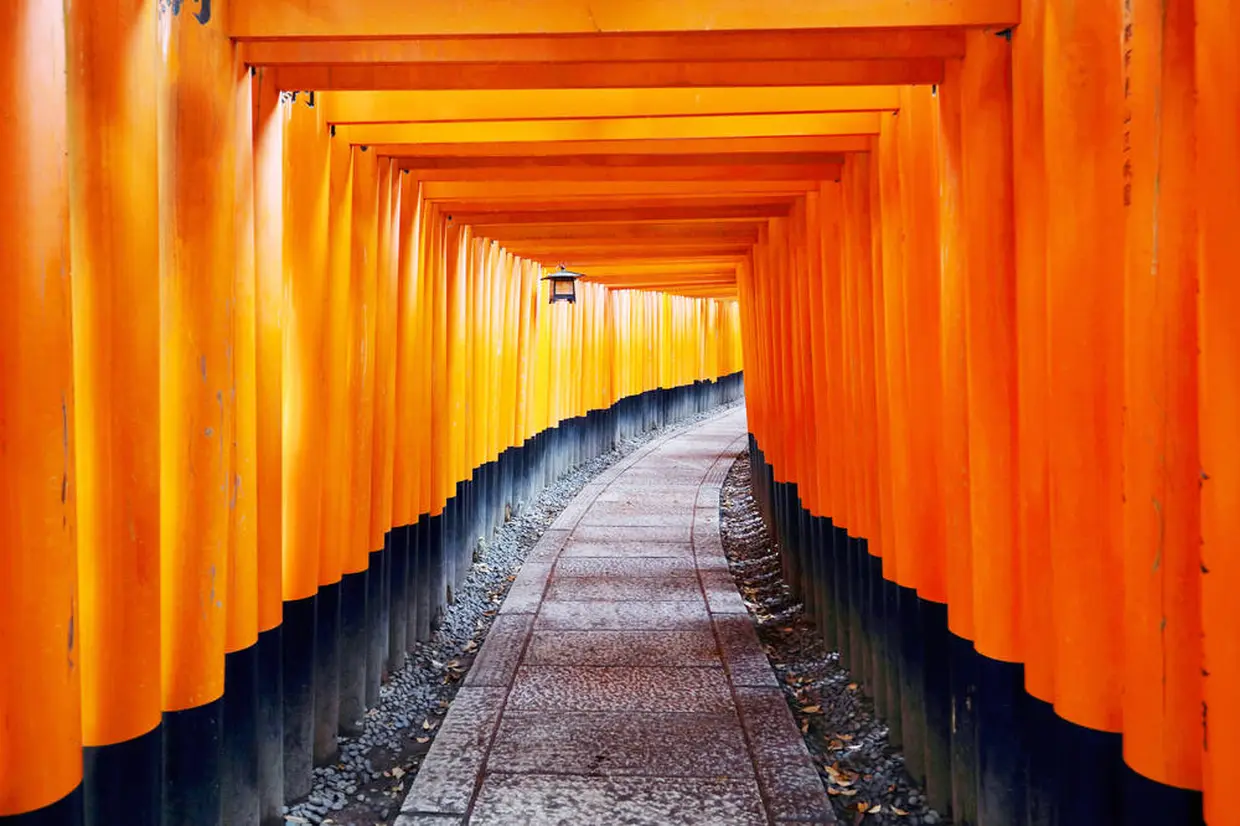
Fushimi Inari Shrine is a popular tourist attraction in Japan and abroad. The reason for its popularity is the beauty of the thousand torii gates! The endless rows of torii gates painted in vermilion are very photogenic, and many people enjoy taking pictures with the torii gates.

Most people turn back at the Okusha Hohaisyo after passing through the Senbon-torii, but it is after this point that the real fun of the Fushimi Inari-taisha Shrine begins! The mountain path (stairs), which is about 4 km in circumference, is dotted with many shrines (buildings dedicated to deities), providing a unique atmosphere. Climbing up to Yotsutsuji Street, you can enjoy a spectacular view of the city of Kyoto.
The higher up you go, the fewer people there are, so you can take the best shots with the torii gate in the background.
Inari Saryo (稲荷茶寮)
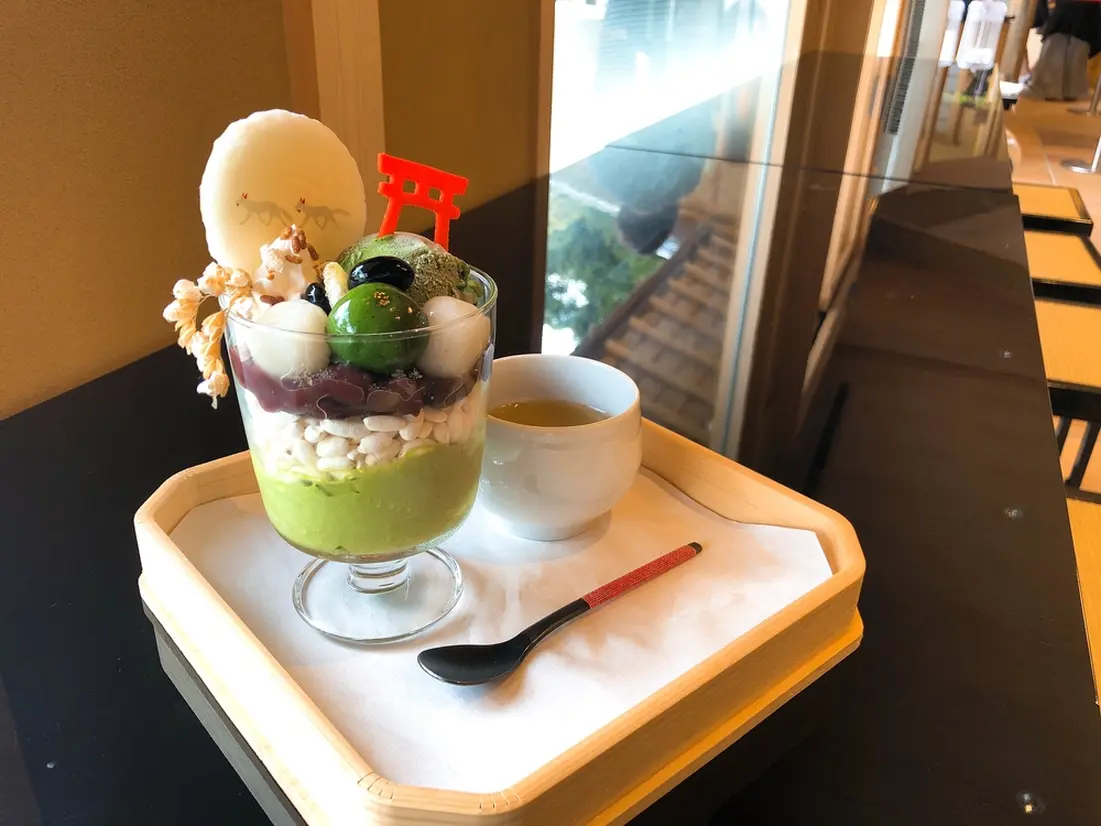
When visiting Fushimi Inari-Taisha Shrine, it is recommended to enjoy Japanese sweets at the Japanese Tea Café in Teichoan, a free rest area on the shrine grounds. The popular menu item is the “Inari Parfait” with a red torii gate, a fox, and ears of rice. It has a very Fushimi Inari-like appearance. From inside the restaurant, you can see Mt. Inari and the lush garden, and if you sit on the terrace, you can hear the murmuring of the river and the chirping of birds.
Fushimi Sake Brewery Street (伏見酒蔵の街並み)
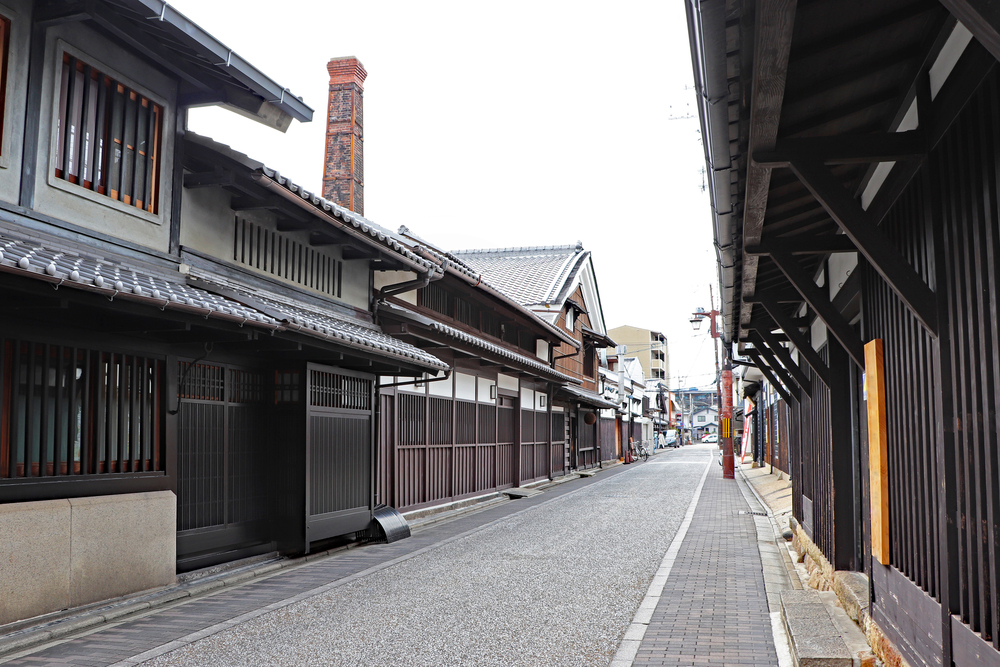
Fushimi, blessed with good groundwater, is famous as a sake brewing area. Sake brewing is said to have begun in earnest in the early Edo period (1603-1868), and even today there are many sake breweries and stores in former sake breweries. Although it is a short distance from Fushimi Inari Taisha Shrine, the area has a very pleasant atmosphere, and we recommend that you take the time to visit.
Jujukoku-bune/ Sanjukoku-bune (十石舟 / 三十石舟)
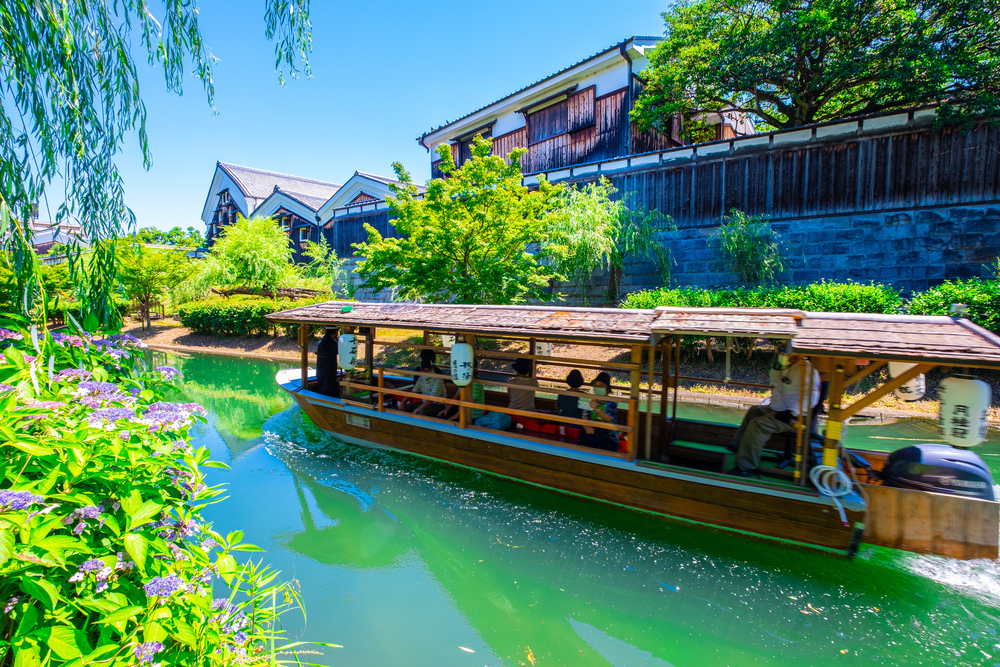
The cityscape of Fushimi can be enjoyed from the river. The canal, which was used for transportation during the Edo period (1603-1868), is now used for sightseeing boats to enjoy the scenery of Fushimi. You can enjoy the seasonal scenery of cherry blossoms in spring, hydrangea and willow trees in summer, and autumn leaves in fall, while taking the time to experience Fushimi as it used to be a port town. Please note that the bus is closed in winter.
Gekkeikan Okura Sake Museum (月桂冠大倉記念館)
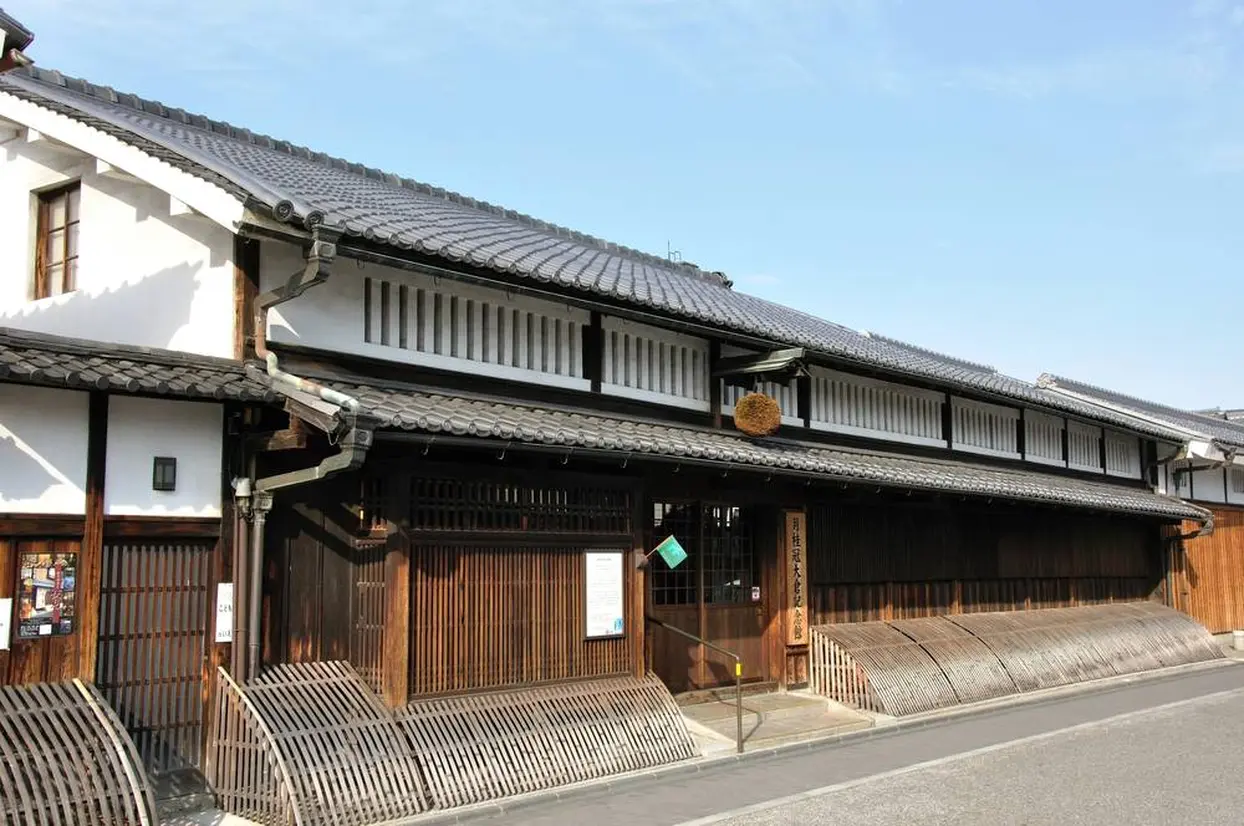
Gekkeikan is a popular sake brewer that has developed in Fushimi. The Gekkeikan Okura Sake Museum is a place where visitors can learn about the history of Gekkeikan and its sake brewing techniques.
In addition to introducing the history of sake brewing and sake in an easy-to-understand manner, visitors can see exhibits of tools used in sake brewing, tour historic buildings, and even compare various types of sake. Visitors can also learn about the history and brewing of sake and enjoy sake tasting. This is a must-see spot for anyone interested in sake.
Daigo-ji Temple (醍醐寺)
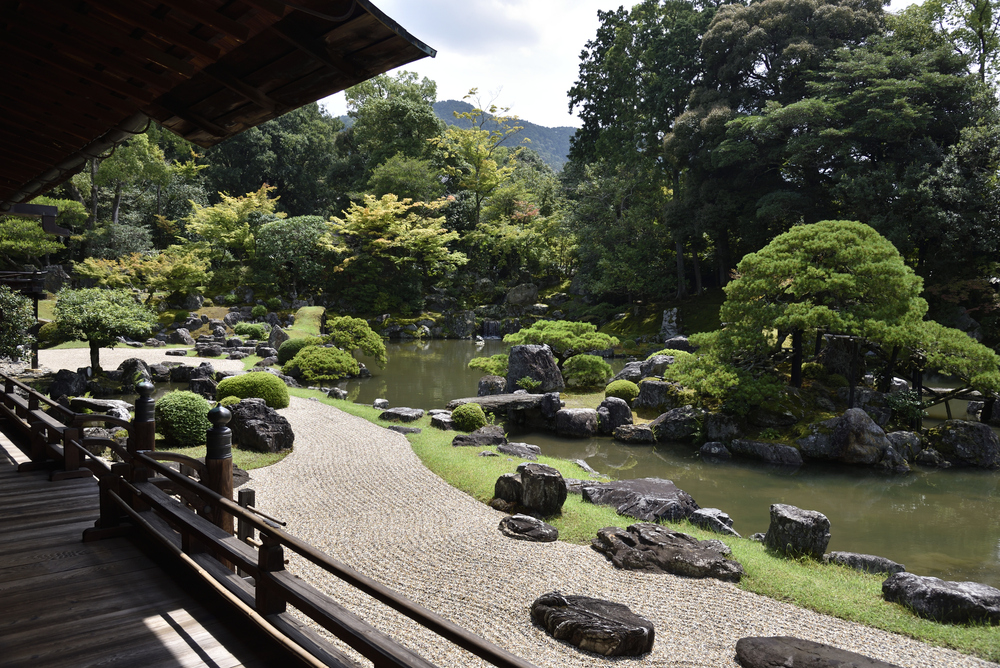
Although it is a little far from the center of the Fushimi area, Daigoji Temple is a must-see destination. It is the largest temple in Kyoto and is registered as a World Heritage site. The vast grounds are divided into four areas, each with its own attractions.
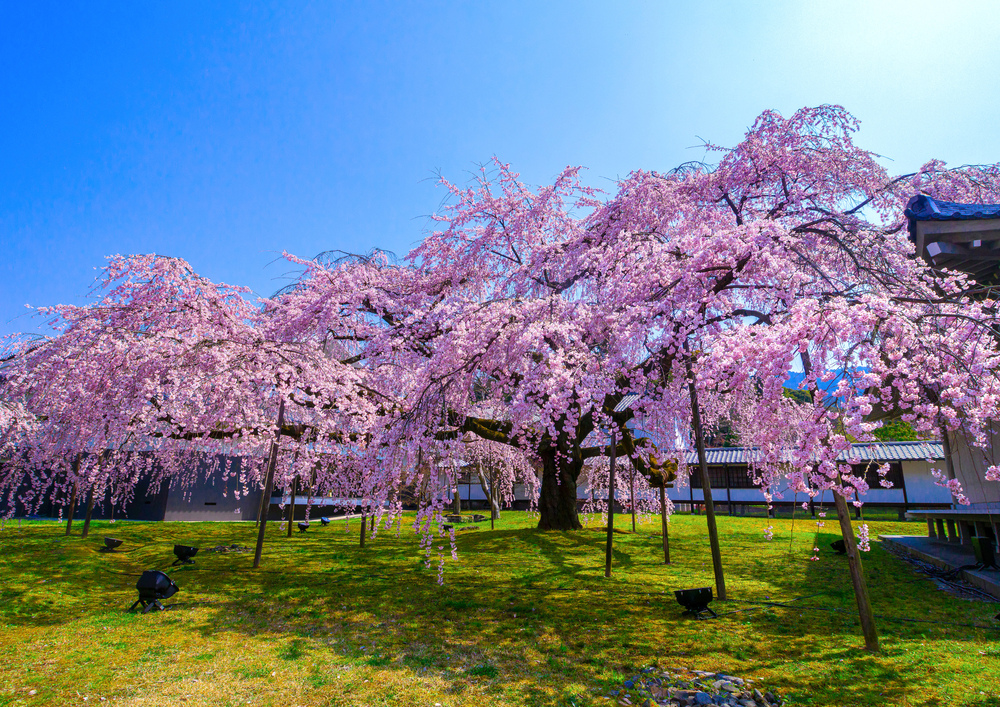

Daigoji Temple is also famous for its beautiful cherry blossoms and autumn leaves, so much so that there are phrases such as “Daigo cherry blossom viewing” and “Daigo autumn leaf viewing”. The weeping cherry blossoms in Reihokan and the red of the autumn leaves reflected on the surface of the water in Rinsen, where the Benten-do is located, are just a few examples of the vast site where visitors can appreciate nature in a relaxed manner.

